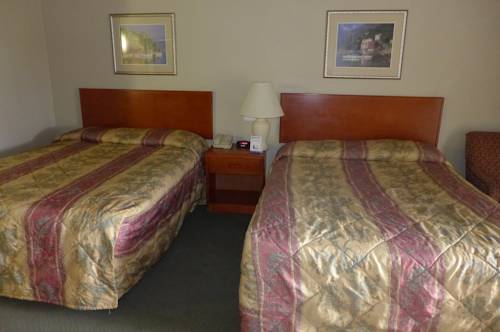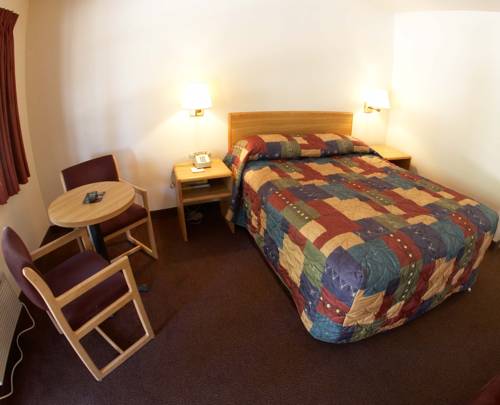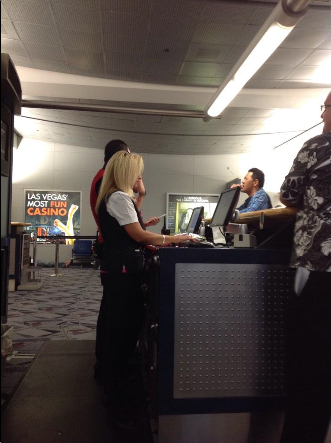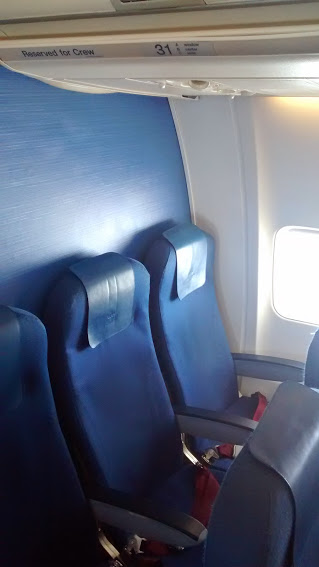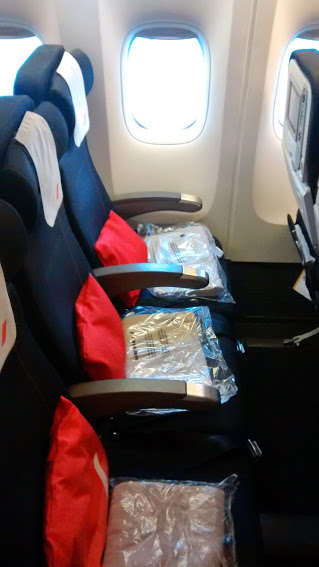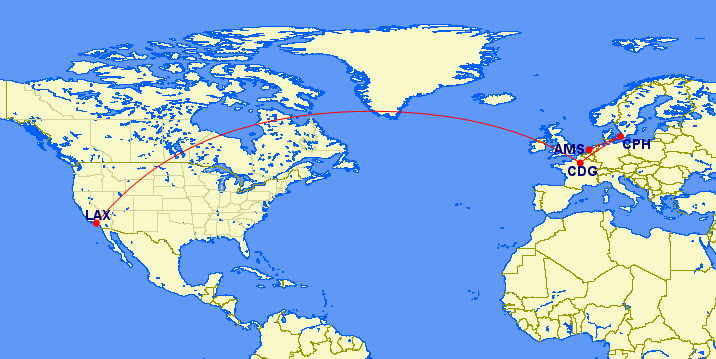As I write this, I’m enjoying the spectacular weather in sunny southern California. Nothing beats 78 degrees and breezy at the end of October, but as you probably know, California isn’t a very budget-friendly destination. Even a campground will set you back as much as $35 per night! Most brand-name hotels in the downtown areas of cities start around $200 per night, which is strictly unaffordable for the average Seat 31B traveler.
Many travel blogs encourage you to play elaborate points games in order to stay in expensive hotels. Even if you do this, you’ll still end up spending as much as $100 per night. You have to consider the cost of credit card annual fees, the opportunity cost versus earning other types of points, and the taxes you have to pay (which are often billed based on the retail cost of the room). “Free” isn’t really free when it comes to this stuff.
Alternatively, you can look at lower cost options. California is the world’s seventh largest economy, and it’s well known for having unique local businesses. In addition to famous local fast food chains (such as In-N-Out Burger), there are three local motel chains offering clean, comfortable and decidedly budget-friendly rooms throughout California. I’d like to introduce you to Good Nite Inn, EZ-8 and Premier Inns.
Good Nite Inn has locations throughout California, and often advertises in coupon books that you can pick up at rest areas and Denny’s restaurant locations throughout the state. These coupons will almost always save you money. It’s worth picking up the book. They also occasionally have deals on their Web site. You’ll usually pay about the same price for two people as you would for a single room at Motel 6, and you’ll usually find a Good Nite Inn near a Motel 6 location (in Sylmar, there is a Motel 6 next door). Rooms typically look like they are from the mid-1990s, with a tube television and funky carpet. However, the beds tend to be comfortable, everything works, rooms are somewhat clean and there is air conditioning. Like Motel 6, Internet service isn’t available at all locations and it’s not free if it is available. Coin laundry facilities are typically available on site and there is an ice machine available as well. Motel 6 locations fill up fast (being some of the only reasonably priced accommodations in many parts of California), so Good Nite Inn is a good alternative.
EZ-8 Motels and Premier Inns are another good alternative. They don’t advertise at all, have no coupon specials, and they only offer a small AAA discount. Their Web page pretty much says as much. As well, these motels are typically located a little off the beaten path. In the Bay Area, you won’t be staying in the center of San Francisco. Instead, you’ll be staying in a bedroom community like Concord or Newark, but you can quickly and easily take the BART from there to San Francisco. When a room in San Francisco will easily cost you $200 or more per night, it’s worth staying a little out of town.
How much could you save? A lot! A room for a single person this weekend will cost you just $35 per night in San Diego. The W, not far away, has rooms starting at $170 per night (for the most heavily restricted, prepaid, non-refundable rate) and doesn’t even include parking! If you cashed in points for your stay at the W, you’d pay nearly as much just for parking and taxes as you would for an entire room at the E-Z-8.
Budget motels don’t offer frequent guest programs, concierge service or fancy amenities. Some offer watery coffee in the lobby, served in a Styrofoam cup. However, how much of your California vacation do you really want to spend in your room? Get out and enjoy the sun! That’s why you came, isn’t it?

